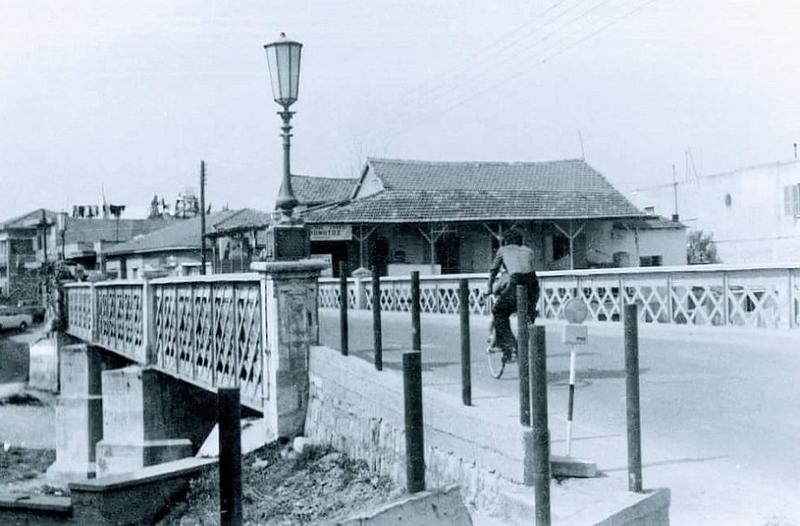
The bridge named '4 Lanterns' is an important symbol of the modern and adventurous history of Limassol, as it is the bridge which connects the two banks of the Garyrills river, at the point where the Greek Cypriot settlement ends and the Turkish Cypriot one begins.
Though almost a century has passed since its construction, the bridge remains practically unchanged. It was built by the British in 1900, with iron parts commissioned specifically for this purpose from England. Stone walls were built in the riverbed, and the bridge itself was supported by two stone arches.
During the Turkish occupation, passage across this point was quite difficult. Many people passing through the area would cross the river, and in winter, the crossing became even more difficult, and often impossible. Indeed, in 1880 and 1894, major floods resulted in drownings and severe damages.

A characteristic element of the bridge is the 4 lanterns, 2 on the east and 2 on the west.
The bridge united the Greek Cypriot and the Turkish Cypriot settlements, and this also resulted in the area being at the center of the conflict during the period of bi-communal unrest. As the bridge remains unchanged to this day, it preserves in its entirety the historical memory that surrounds it.
Source of information: Adamos Kombou, "Limassol Points of Reference", 2016
* NOTE: The tributes of the Project "History of Limassol" present information that has emerged from historical research thus far. Any new data is embedded into the tributes, once it has been confirmed.